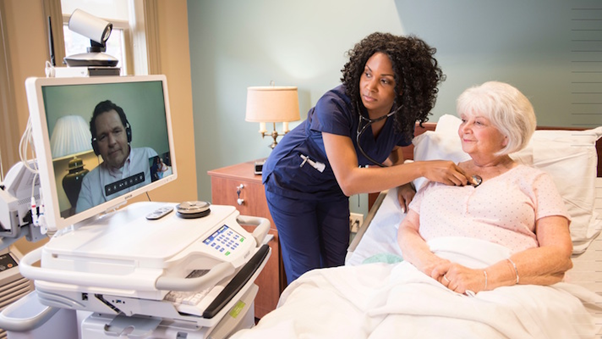The world is embracing for a tsunami of ‘aging’ as the number of people over the age of 65 is expected to triple from over 500 million in 2000 to 1.5 billion in 2050. These growing numbers will place a lot of stress on social support and health systems and have costly consequences as individual`s age and develop age-related health conditions. However, the growing size of an older world population brings significant challenges ahead. As individuals age, nearly half will develop at least one non-communicable disease (NCD), such as cardiovascular disease, cancer, diabetes, and chronic respiratory disease. Growing NCDs in the aging population requires more specialized attention in health services, particularly for diagnostic, curative and rehabilitative care, along with better communication and empowerment of caregivers.
Telemedicine offers unique solutions for addressing these challenges by helping both formal and informal caregivers better manage the lives and health problems of the elderly. Telemedicine and related point of care devices can give peace of mind to informal caregivers through opportunities to check in remotely on care recipients, as well as by supporting formal caregivers, such as health care professionals, with higher-level health management options, such as monitoring treatment compliance, respiratory rate, blood pressure, and blood glucose levels. Over time, caregivers will rely more and more on telemedicine to support aging in place, and solutions will be developed to fill the social, functional, and health needs of caregivers and care recipients.
Shariq Khoja- CEO Tech4Life Enterprises

